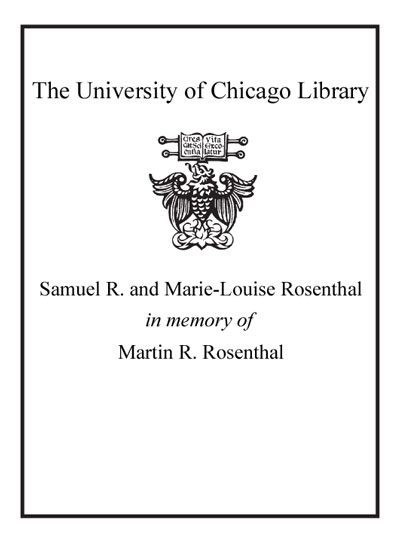The biology of alpine habitats /
Saved in:
| Author / Creator: | Nagy, L. (Laszlo), 1961- |
|---|---|
| Imprint: | Oxford ; New York : Oxford University Press, 2009. |
| Description: | xi, 376 p. : ill., maps ; 24 cm. |
| Language: | English |
| Series: | The biology of habitats series Biology of habitats. |
| Subject: | |
| Format: | Print Book |
| URL for this record: | http://pi.lib.uchicago.edu/1001/cat/bib/7727140 |
Table of Contents:
- Preface
- Acknowledgements
- 1. Introduction: What is alpine?
- 2. High mountains in latitude life zones: a worldwide perspective
- 2.1. Introduction
- 2.2. Arctic mountains
- 2.3. Boreal mountain regions
- 2.4. Temperate regions
- 2.5. Subtropical mountains
- 2.6. Tropical regions
- 3. Elevation gradients
- 3.1. Introduction
- 3.2. Climate and elevation
- 3.3. Elevation pattern in weathering and soils
- 3.4. Elevation and vegetation zonation
- 3.5. Species richness in relation to elevation
- 3.6. Invertebrates
- 3.7. Vertebrates
- 3.8. Geography and vegetation altitude boundary shifts
- 3.9. Conclusions
- 4. The alpine environment: energy and climate
- 4.1. Introduction
- 4.2. The atmosphere-surface system
- 4.3. Other atmospheric physical and chemical factors related to climate
- 4.4. Relief energy in alpine landscapes
- 4.5. Alpine zone climates
- 4.6. Conclusions
- 5. Habitat creating factors: landforms, hydrology, and soils
- 5.1. Introduction
- 5.2. Landforms
- 5.3. Hydrological characteristics of alpine landscapes
- 5.4. Soils
- 5.5. Nutrient budgets: the atmosphere-plant-soil system
- 5.6. Climatic seasonality and plant available soil nutrients
- 5.7. Nutrient limitation in alpine ecosystems?
- 5.8. Conclusions
- 6. Alpine terrestrial habitats and community types/assemblages
- 6.1. Introduction
- 6.2. Arctic alpine habitats and community types
- 6.3. Boreal zone mountains: dwarf-shrub heaths
- 6.4. Temperate mountains: sedge heaths
- 6.5. The interface between temperate and subtropical mountains: the Himalayas
- 6.6. Subtropical sclerophyllous forest zone
- 6.7. Aseasonal tropical alpine habitats
- 6.8. Seasonal tropical alpine environments
- 6.9. Conclusions
- 7. Biogeography, adaptation, and evolution of alpine organisms
- 7.1. Introduction
- 7.2. The backdrop: orogenesis and past climatic changes
- 7.3. The biogeography of regions
- 7.4. Species richness and the applicability of the theory of island biogeography to the alpine zone mountains
- 7.5. Adaptation, survival, and evolution of alpine organisms
- 7.6. Conclusions
- 8. Temporal and spatial dynamics
- 8.1. Introduction
- 8.2. Alpine primary succession
- 8.3. The case of glacier forelands
- 8.4. Secondary succession
- 8.5. Post-succession vascular plant establishment, growth, and dynamics
- 8.6. The role of extraneous drivers
- 8.7. Conclusions
- 9. Global change impacts on alpine habitats: climate and nitrogen deposition
- 9.1. Introduction
- 9.2. The environment and its change in space and time
- 9.3. Climatic drivers: forecasts and scenarios of future climate changes
- 10. Land use and conservation of alpine landscapes, ecosystems, and species
- 10.1. Introduction
- 10.2. Land use from a brief historic perspective
- 10.3. Conservation of alpine landscapes and habitats
- 10.4. Conclusions
- 11. Concluding remarks
- References
- Index


